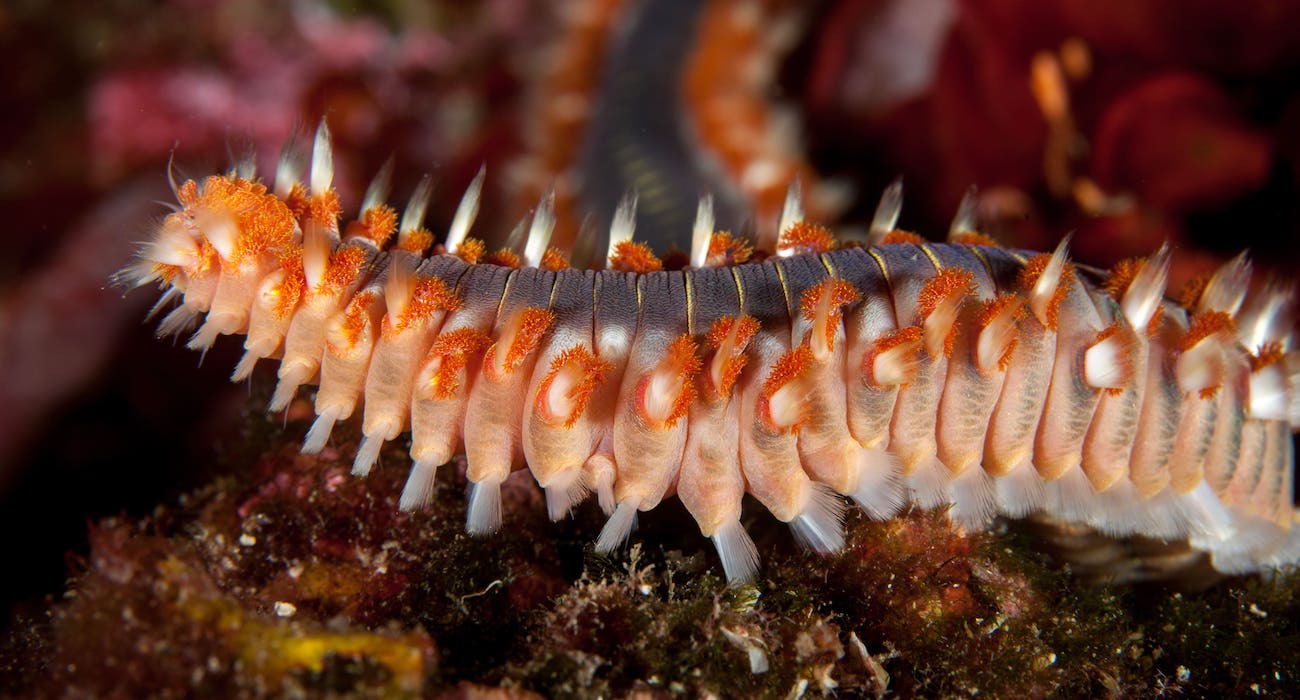Texas beachgoers have discovered yet another strange creature washed up on the shore.
A Texas woman posted a photo of a wormlike, bristled creature that recently washed up on the shore on the Gulf Coast.
Dana Johnson Retzlaff posted an image of this strange creature to the Facebook group Bolivar Beachcombers on Saturday. Retzlaff said she discovered this creature on East Beach in Galveston while on turtle patrol.
This is not the first instance of users posting photos of strange creatures on this particular page.
In April, another user posted an image of a creature that some dubbed the “hell naw fish” on the same Facebook page, as previously reported by The Dallas Express.
Other group members commented on the more recent creature’s looks, with one woman labeling it a “nope rope.” Some identified this creature as a type of bristle worm, highlighting its danger and the appendages that cover it.
These members were proven correct when Texas Parks and Wildlife confirmed that the creature Johnson discovered is indeed a bristle worm, also known as a fireworm, according to My San Antonio. TPWD identified a similar creature as the same species in May 2016.
Polychaeta, the worm’s scientific name, is a type of segmented aquatic worm that typically measure between two and four inches in length. According to Lamar University, these creatures are covered in white venom-filled bristles known as chaeta.
These creatures are commonly found along the ocean floor and reefs. Habitats for this creature include the western and mid-Atlantic as well as the Mediterranean Sea.
This creature is seen as a pest in reef aquariums; however, some see them as a potential boon for cleaning because they consume unwanted biological matter in a tank.
Facebook users were correct in pointing out the danger associated with touching this creature, as its bristles can not only cause intense burning pain at the point of contact and break off in the skin but can also cause nausea and dizziness that can last for hours.






